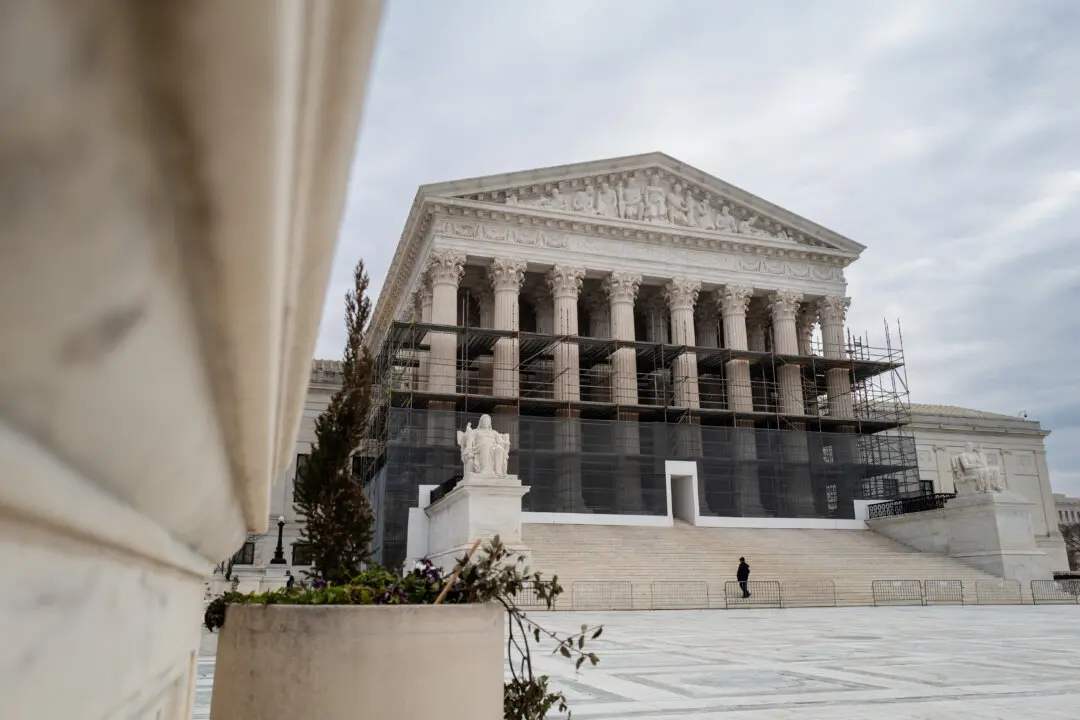The Supreme Court decided to allow a class-action lawsuit against an osteoporosis drug maker to proceed and stipulated that when the matter is adjudicated, a judge, not a jury, must decide whether federal law requires that a warning be placed on the drug’s label.
The opinion written by Justice Stephen Breyer came May 20 in the case known as Merck Sharp & Dohme Corp. v. Albrecht. All nine justices agreed in the judgment reached by Breyer, but there were two concurring opinions that provided different reasonings for reaching that result.





